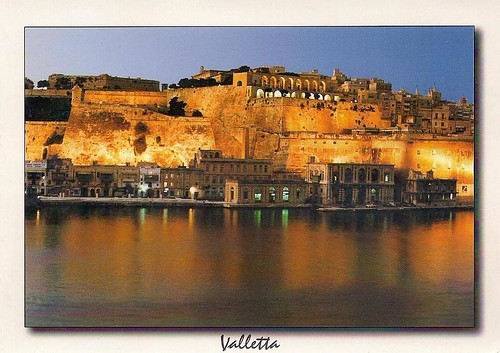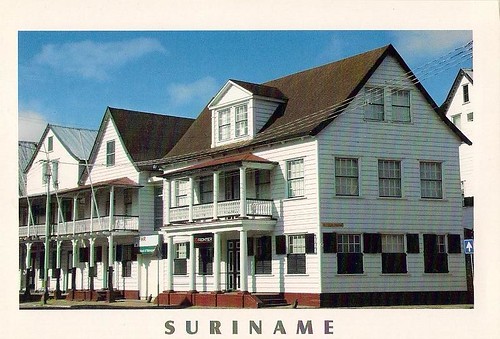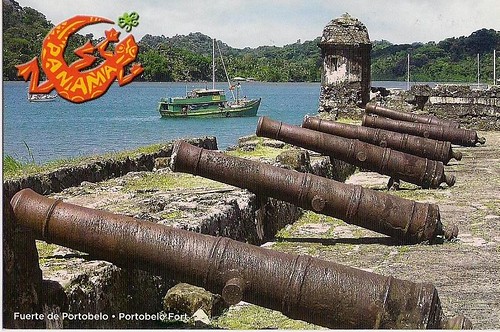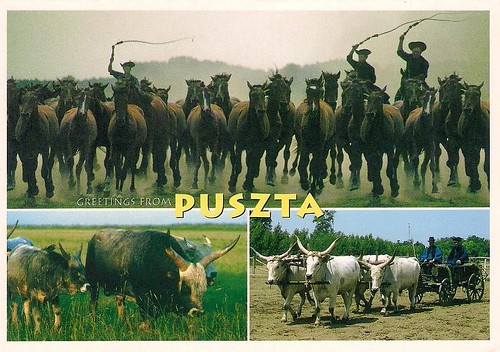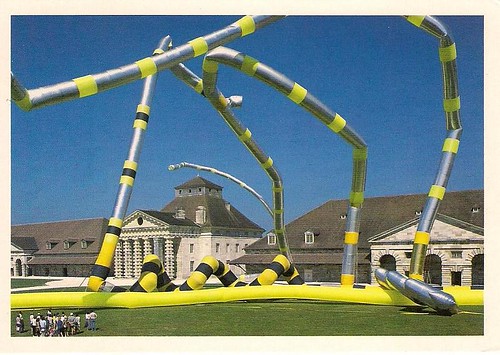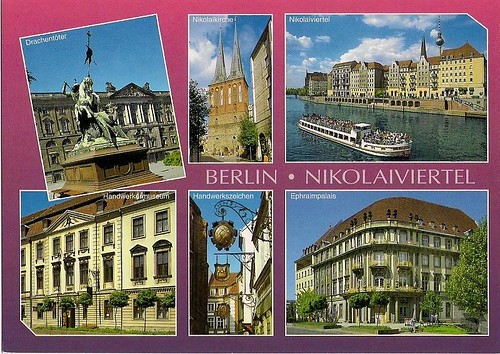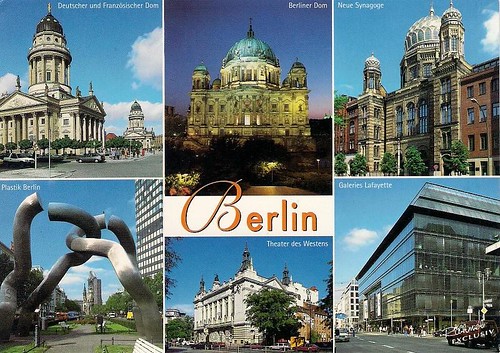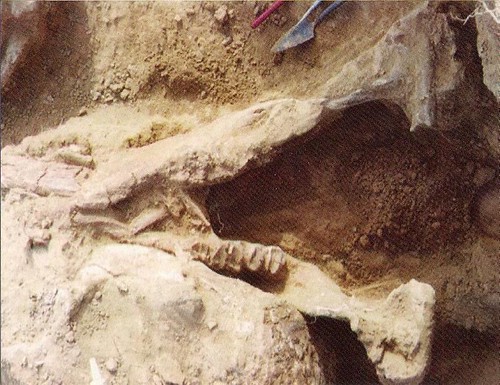Valletta, Malta
Valletta is the capital city of Malta, colloquially known as Il-Belt (English: The City) in Maltese.It is located in the central-eastern portion of the island of Malta. Valletta contains buildings from the 16th century onwards, built during the rule of the Knights of St. John of Jerusalem (the Knights Hospitaller). The city is essentially Baroque in character, with elements of Mannerist, Neo-Classical and Modern architecture in selected areas, though World War II left major scars on the city. The City of Valletta was officially recognised as a World Heritage Site by UNESCO in 1980.
Read more...